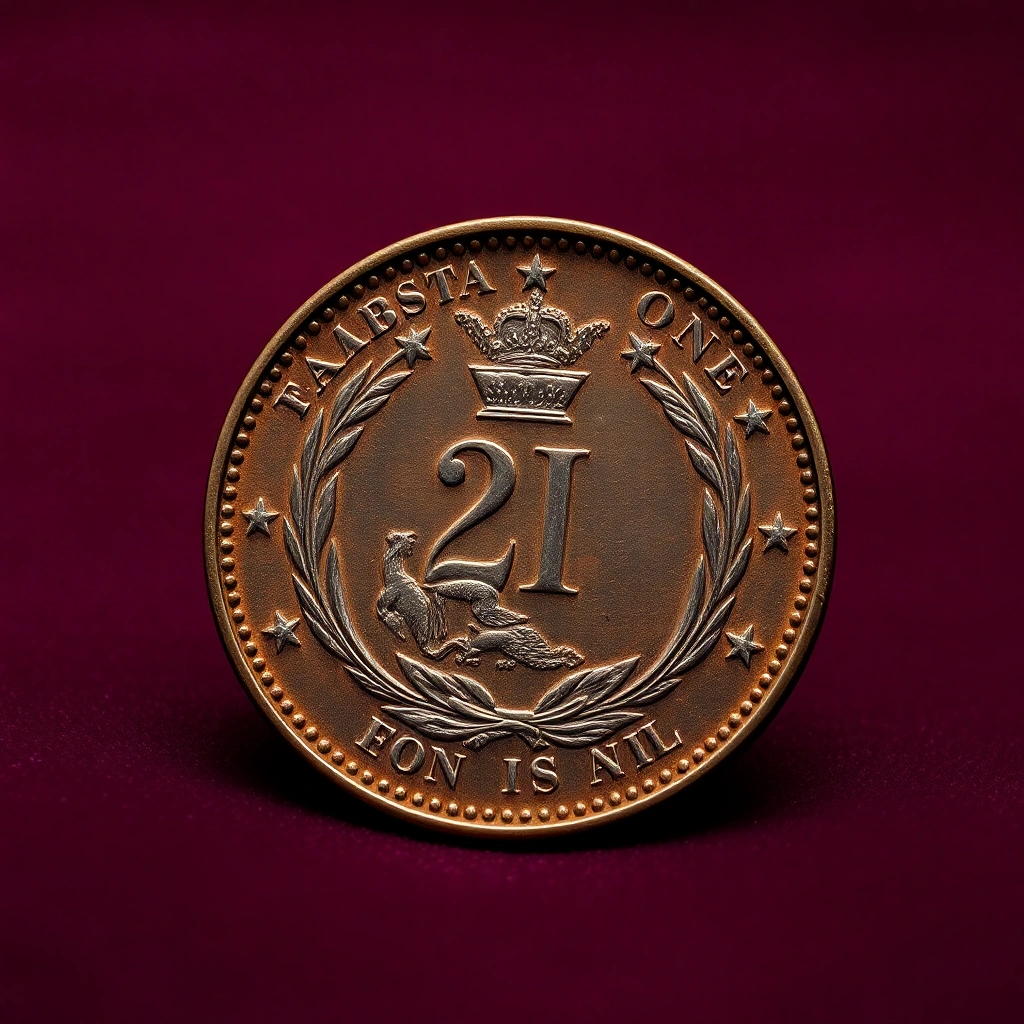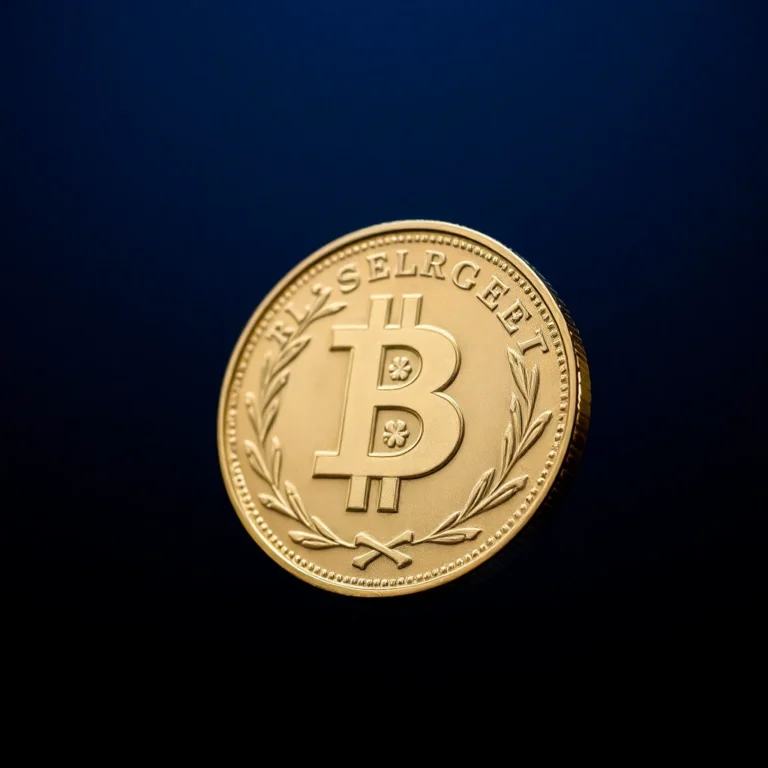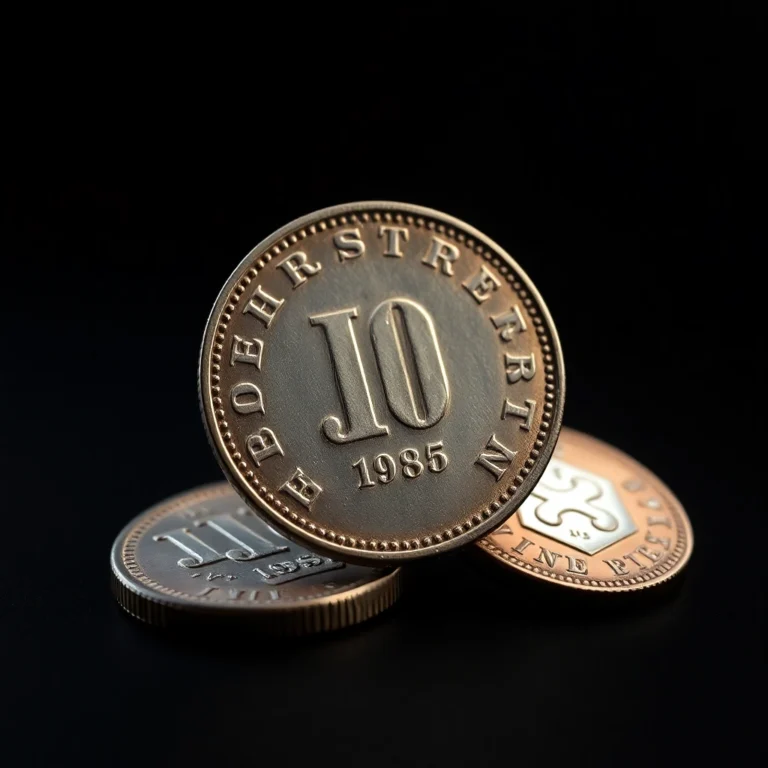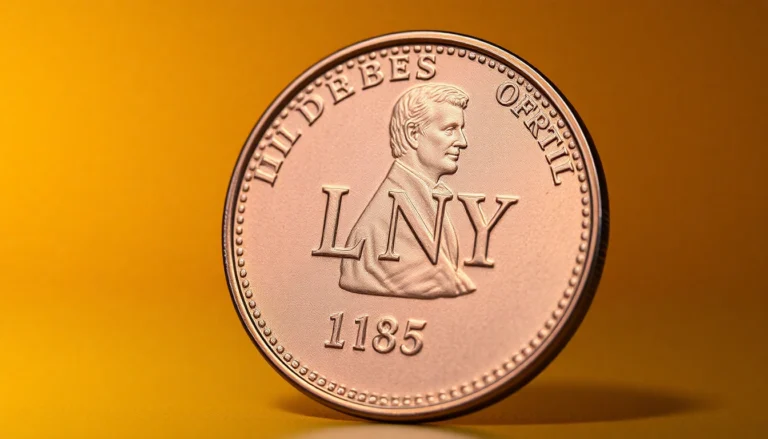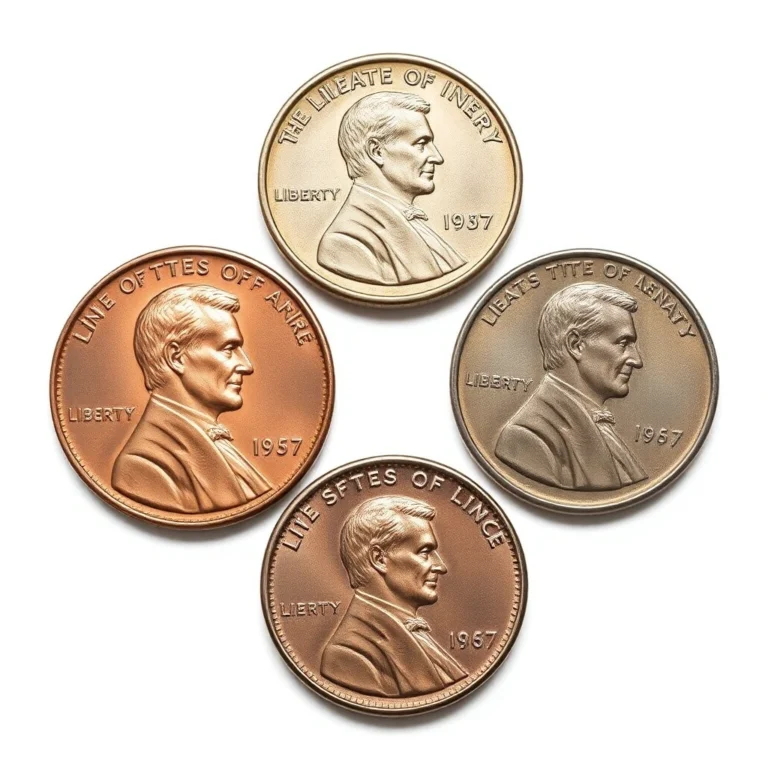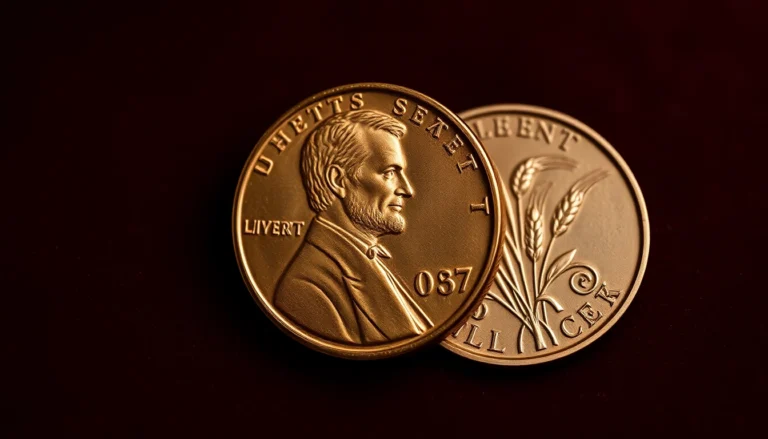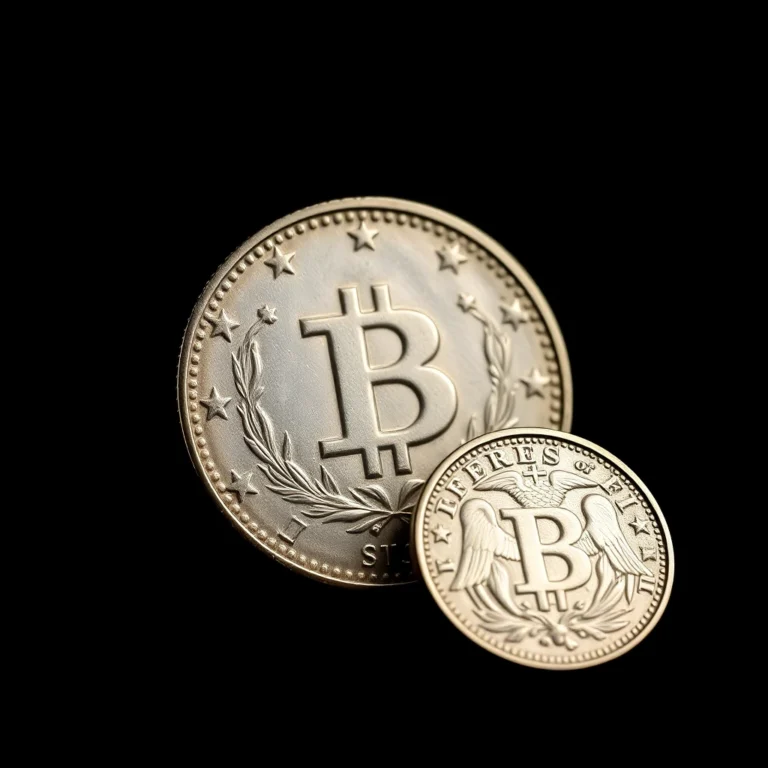Imagine holding a piece of history in your hands—a coin so exquisitely crafted that it transcends time, capturing the essence of an era long past. For collectors, the allure of the most beautiful rare coins is not merely in their aesthetic appeal but in their stories, their journeys through centuries. These coins are more than just currency; they are artifacts that have witnessed the rise and fall of empires, the evolution of artistry, and the innovation of minting techniques.
In this exploration, you’ll discover why certain coins stand out not just for their rarity, but for their breathtaking designs and the historical significance they embody. From the delicate etchings of ancient Greek drachmas to the intricate portraits on Renaissance gold ducats, these coins offer a glimpse into the artistry and culture of their time. You’ll learn what makes these coins so coveted among collectors and how their beauty enhances their value.
As we delve into these numismatic masterpieces, prepare to be enchanted by their stories and surprised by their worth—a testament to the enduring legacy of these small but mighty treasures.
The Most Beautiful Rare Coins in History
Throughout history, coins have been more than mere currency; they are artistic expressions of a culture’s identity, values, and technological prowess. Some coins stand out not only for their beauty but also for their rarity and historical significance. In this article, we will explore some of the most beautiful rare coins, examining their history, design, mintage, varieties, and current market values.
1. The 1804 Silver Dollar
Historical Background and Significance
The 1804 Silver Dollar, often referred to as the “King of American Coins,” was not actually minted in 1804. Instead, it was struck in the 1830s as a diplomatic gift. These coins are famous for their rarity and the aura of mystery surrounding their creation.
Physical Characteristics and Design
Featuring a classic bust of Lady Liberty on the obverse and a heraldic eagle on the reverse, this coin exemplifies early American coin artistry. Its intricate design and large size (38.1 mm) contribute to its allure among collectors. 🦅
Mintage Figures and Rarity
Only 15 specimens of the 1804 Silver Dollar are known to exist, categorized into three classes based on their striking period and intended use. This extreme rarity enhances its status as a coveted piece in numismatics.
Known Varieties and Errors
The three classes of the 1804 Silver Dollar (Class I, II, III) are distinguished by subtle differences in their die characteristics and intended purpose, with Class I being the most historically significant.
Value Information
| Grade | Value Range |
|---|---|
| Good (G-4) | Not Applicable |
| Very Good (VG-8) | Not Applicable |
| Fine (F-12) | Not Applicable |
| Very Fine (VF-20) | Not Applicable |
| Extremely Fine (EF-40) | Not Applicable |
| About Uncirculated (AU-50) | Not Applicable |
| Mint State (MS-60) | $2 Million – $4 Million |
| Gem Mint State (MS-65) | $4 Million – $7 Million |
Authentication Tips
Due to its high value, the 1804 Silver Dollar is often counterfeited. Authentic examples should be examined by reputable third-party grading services, focusing on die characteristics specific to the known classes.
2. The 1933 Saint-Gaudens Double Eagle
Historical Background and Significance
The 1933 Saint-Gaudens Double Eagle is a symbol of economic turmoil during the Great Depression. Although 445,500 pieces were minted, none were officially circulated due to the Gold Reserve Act, making this coin incredibly rare.
Physical Characteristics and Design
This coin is universally acclaimed for its stunning depiction of Liberty striding forward with a torch in one hand and an olive branch in the other. The reverse features a majestic American eagle in flight, embodying freedom and strength. 🌟
Mintage Figures and Rarity
Despite a sizable initial mintage, nearly all were melted down, with only a few surviving, mostly through clandestine means. These remaining coins are highly prized.
Known Varieties and Errors
No known varieties or errors exist for the 1933 Double Eagle, as the surviving examples were not part of regular minting processes.
